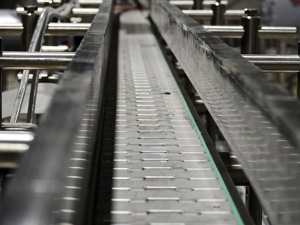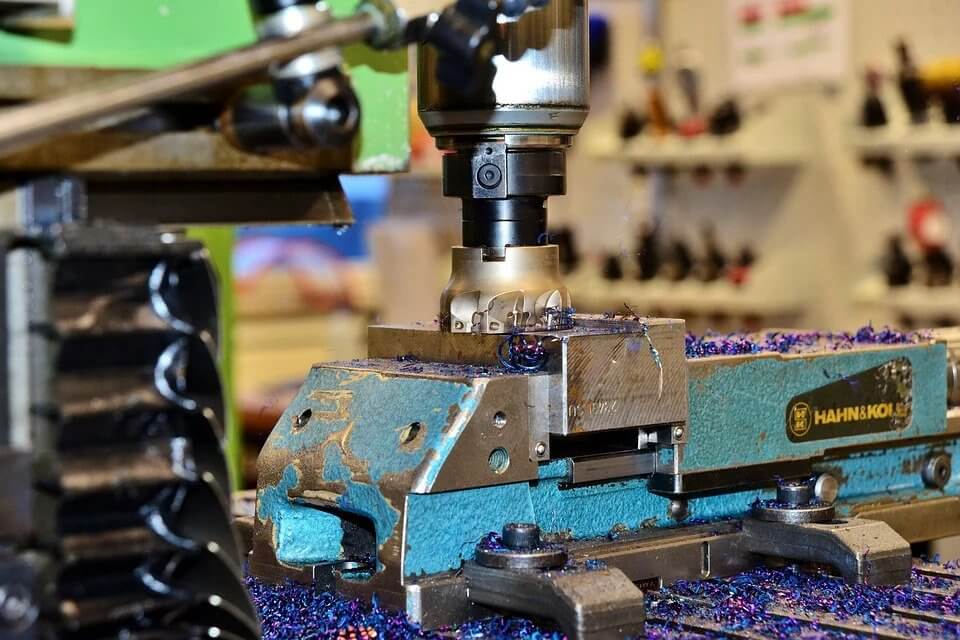Absolute vs Incremental Encoders
Systems involving motion, especially industrial processes, are tremendously complex. Designing and engineering a process with multiple components means that all sub-systems must work with each other simultaneously. To allow discrete processes to work together, electrical components deliver feedback so that processes can be automated smoothly and if-then decisions can be programmed.

Encoders detect or specify angular positions/positions and convert this information into electrical signals. They are angle sensors that transmit their measured value to an electronic system without contact. And it is precisely this characteristic that distinguishes them from potentiometers, which are passive components. Basically, each encoder consists of a housing, electronics with sensor as the heart of the measurement, and the electrical connection. Depending on the version, a shaft with a shaft bearing is also part of the sensor in order to realize the angle measurement mechanically.
There are numerous related terms for the word encoder. However, if the angle is provided as a complete value (i.e. as an absolute value) with a fixed reference to a zero position, then the rotary encoder is referred to as an absolute encoder. If only the change in angle is provided, i.e. the output signal only provides relative information, then the encoder is an incremental encoder.
Absolute Encoders
Absolute encoders output an analog or digital signal proportional to the angle. There is therefore a fixed reference point for the angle measurement. Rotary encoders with analog output provide the measured angle as output voltage, output current, or pulse width (PWM). Digital interfaces for the output of absolute values are available in the form of communication protocols.
When thinking about absolute vs incremental encoders, absolute encoders benefit in that they do not lose track of positioning even when power fails. This makes them particularly valuable in instances where safety is a concern because they position whenever machines power on. In addition to measuring position in instances of temporary power loss, absolute encoders also are more immune to electoral noise. There are generally two types of absolute encoders: single-turn and multi-turn.
Single-turn absolute encoders are for applications where the measuring requirement is 360º or less. A multi-turn absolute encoder is for applications where the measuring requirement is beyond 360º (1 turn) up to 200 turns (7200º).
Incremental Encoders
Incremental encoders output a certain number of rectangular signals instead of information proportional to the angle (cf. absolute encoders). They are also referred to as pulses. Incremental encoders are therefore also called rotary pulse encoders and the number of pulses per revolution is always given (unit imp./rev.). One pulse corresponds to one period duration. The term "one increment" is also used for a period duration. This also explains the term incremental encoder. An external evaluation unit is always required to evaluate the measurement result of an incremental encoder, for example, a counter.
The main feature of an incremental vs an absolute encoder is that incremental encoders report a change in angle. When an incremental encoder is powered up, it does not have an angular position until it establishes a reference point that it can then measure. Whereas an absolute encoder provides the true position upon power being restored.
Incremental encoders are less complex than absolute encoders and usually less expensive. If a project only requires the encoder to monitor speed, the direction of motion, or the relative position, an incremental encoder is typically the best option. On the other hand, if absolute position is the main concern, an absolute encoder is most likely the best option for the project.
Applications for Absolute vs Incremental Encoders
Having laid out the differences between absolute and incremental encoders, let us look briefly at some specific scenarios where absolute encoders are used.
- Absolute Encoders - Absolute Encoders are used when the machine/process has to know the true position all the time and re-sync is not allowed, such as a Press or Assembly machine or a Dam control or an Oil Valve control.
- Incremental Encoders - Typical application examples for Incremental Encoders are “Cut to Length”, Conveyor Control, Augur Control, metering equipment, and machines that use lead screws for motion control such as a milling machine. Upon power down, you have to re-sync the controlled apparatus.

Absolute and incremental encoders each offer different benefits that determine which application they are best suited for. When choosing an absolute vs incremental encoder, an initial question to ask before selecting one over the other is: can you afford to lose the position in case of a power failure? If the answer is no, then you must use an absolute encoder.
Engineering Projects with P3 America
Our team takes great pride in supporting your projects. Contact P3 America today to get in touch with our team of knowledgeable U.S.-based staff. For more information on absolute vs incremental encoders, one of our engineers can provide detailed information on what option would be best for your specific application.
You can reach one of our measurement and control equipment experts on our website or by phone at 512-337-7336. We would also be happy to help you find the exact product you need for your specific application. Our team can also assist you in choosing the perfect encoder that meets your application specifications and project budget.
Recent Posts
-
Absolute vs Incremental Encoders
Systems involving motion, especially industrial processes, are tremendously complex. Designing an …Sep 8th 2020 -
Position Hold Versus Spring Return to Center Joysticks
Joysticks are an essential control component for many types of machines and equipment. In indus …Sep 8th 2020 -
Finally! Customer-Programmable Potentiometers
By programming potentiometers specifically for your application, these components can be made t …Sep 4th 2020
